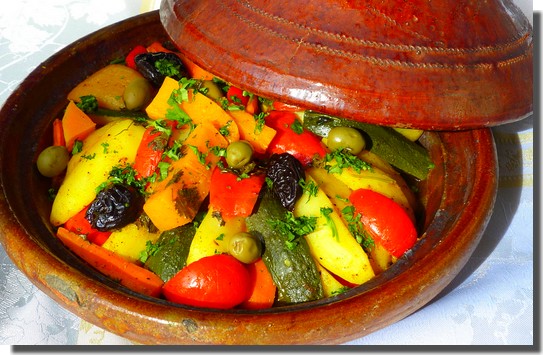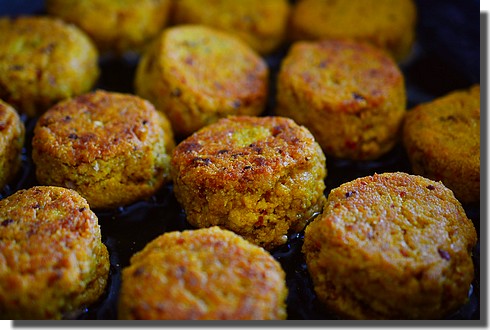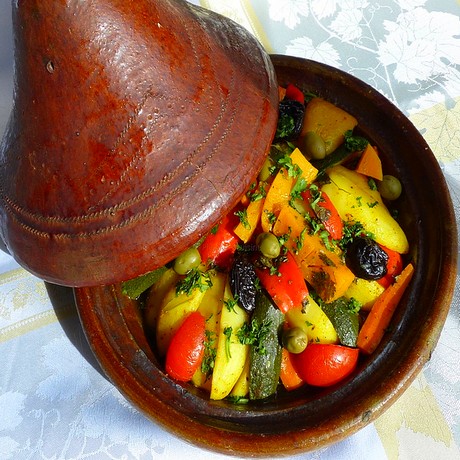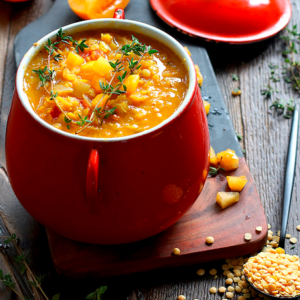Tagine is a traditional dish of the Maghreb.
Tagine refers both to the conical-shaped earthenware utensil typical of Berber cooking and to the simmered dish contained in this utensil.
A symbol of Oriental cuisine, it can be served with meat or, as in our recipe, with vegetables only.

Foodistas snap it up, veggies swear by it… Just scroll through your Instagram feed to see falafel shining. And with good reason: it has conquered the world! From Paris’s Rue des Rosiers to Beirut’s stalls and Brooklyn’s trendy neighborhoods, falafel is often served in pita bread for a street food version, or as part of a mezze assortment.
The origin of falafel is controversial. So where and when was he born?
He was probably born in Egypt, 1000 years before Christ. But to be honest, it’s hard to say! We know that the Egyptians had beans, and that they knew how to fry them.
Another theory is that it was invented in particular by the Coptic Christians of Egypt. The latter would have used it to replace meat during Lent. The falafel looks like a meatball. It should also be said that many dumplings around the world are of Jewish origin.
Is falafel gluten-free?
Falafel is a gluten-free product. Chickpeas and broad beans are legumes that need to be rehydrated overnight before cooking. It’s a tedious process, but one that’s worth the detour because the result is so delicious and nutritious! And it’s sure to delight gluten-free eaters, too!
Is falafel good for you?
Falafel contains around 325 calories per 100 grams. It’s made up of 35% water, 30% carbohydrates, 15% protein and around 20% of the rest – which can include a low fat content as well as vitamins and minerals. These include calcium, iron, magnesium, phosphorus, potassium, zinc, copper, manganese, vitamin C, thiamine, pantothenic acid, vitamin B and folate.
Phytochemicals include beta-carotene. Falafel is rich in soluble fiber, which has been shown to reduce blood cholesterol.
When fried, falafels contain relatively little fat, and as they are generally eaten with salad and raw vegetables, their GI index is low, making them both healthy and satiating.


